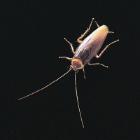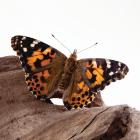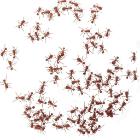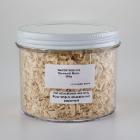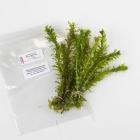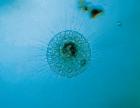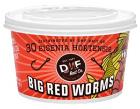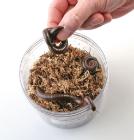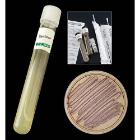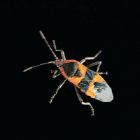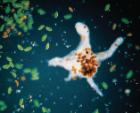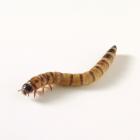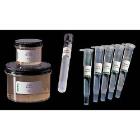You Searched For:
541 results were found
Bacteria+-+Living+Material
Description:
Cockroaches are widely used in labs for physiological, behavioral, structural, and developmental studies.
Catalog Number:
(470183-792)
Description:
Ward's Science is not endorsed by or affliated with FOSS curriculum in any way.
Catalog Number:
(470183-762)
Description:
Ward's Science is not endorsed by or affliated with FOSS curriculum in any way.
Description:
These industrious scavenger insects devour organic matter — the larvae will even clean a skeleton of muscle, skin and cartilage.
Catalog Number:
(470183-800)
Description:
Ward's Science is not endorsed by or affliated with FOSS curriculum in any way.
Description:
Black Planaria are a flatworm commonly used in science fair projects. They do not bite and move very slowly, making them easy for young students to ob...
Catalog Number:
(470176-356)
Description:
With stiff 'arms' radiating in all directions, these microscopic organisms look like sea urchins
Description:
These common worms are also referred to as Red Wigglers.
Description:
This North American Diplopod makes a great classroom pet and can be used in behavioral studies.
Description:
Pilobolus crystallinus. Observe a dramatic example of phototropism. This fungus has the ability to shoot its sporangia toward a light source, a...
Description:
Uca sp. The fiddler crab gets its name from the male’s larger claw, which it waves up and down in a fiddling motion when threatened or when attracting...
Description:
Named for their food preference of milkweed seeds, these colorful Hemipterans demonstrate simple metamorphosis and sucking mouthparts.
Description:
This organism is easily recognized by its trumpet-shape, and can commonly be found in freshwater ponds and streams. It reproduces by budding.
Description:
Members of the Pelomyxa genus look very much like Amoeba. Pelomyxa, however, have many nuclei, whereas Amoeba have only one.
Description:
Also known as king mealworms, superworms are extremely popular as a feeder insect within the pet trade.
Description:
This species of freshwater algae is commonly used for research on photosynthesis.
Inquire for Price
Stock for this item is limited, but may be available in a warehouse close to you. Please make sure that you are logged in to the site so that available stock can be displayed. If the
Stock for this item is limited, but may be available in a warehouse close to you. Please make sure that you are logged in to the site so that available stock can be displayed. If the
This product is marked as restricted and can only be purchased by approved Shipping Accounts. To apply for a shipping account number, click here. If you need further assistance, call Customer Service at 800-962-2660 or email [email protected].
-Additional Documentation May be needed to purchase this item. A VWR representative will contact you if needed.
This product has been blocked by your organization. Please contact your purchasing department for more information.
The original product is no longer available. The replacement shown is available.
Limited quantities of this product are available. To check availability or place an order, call Customer Service at 800-962-2660 or email [email protected].
|
|||||||||





